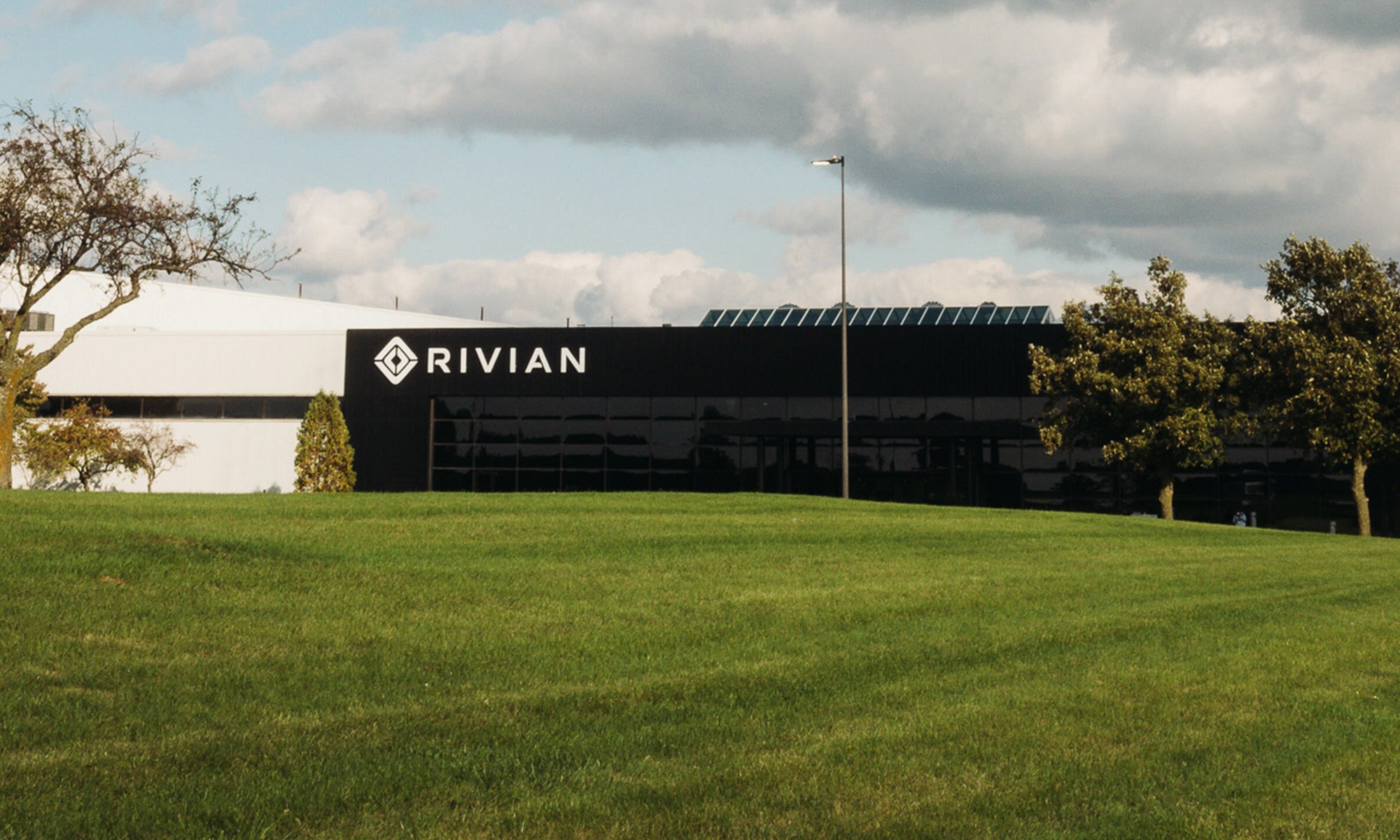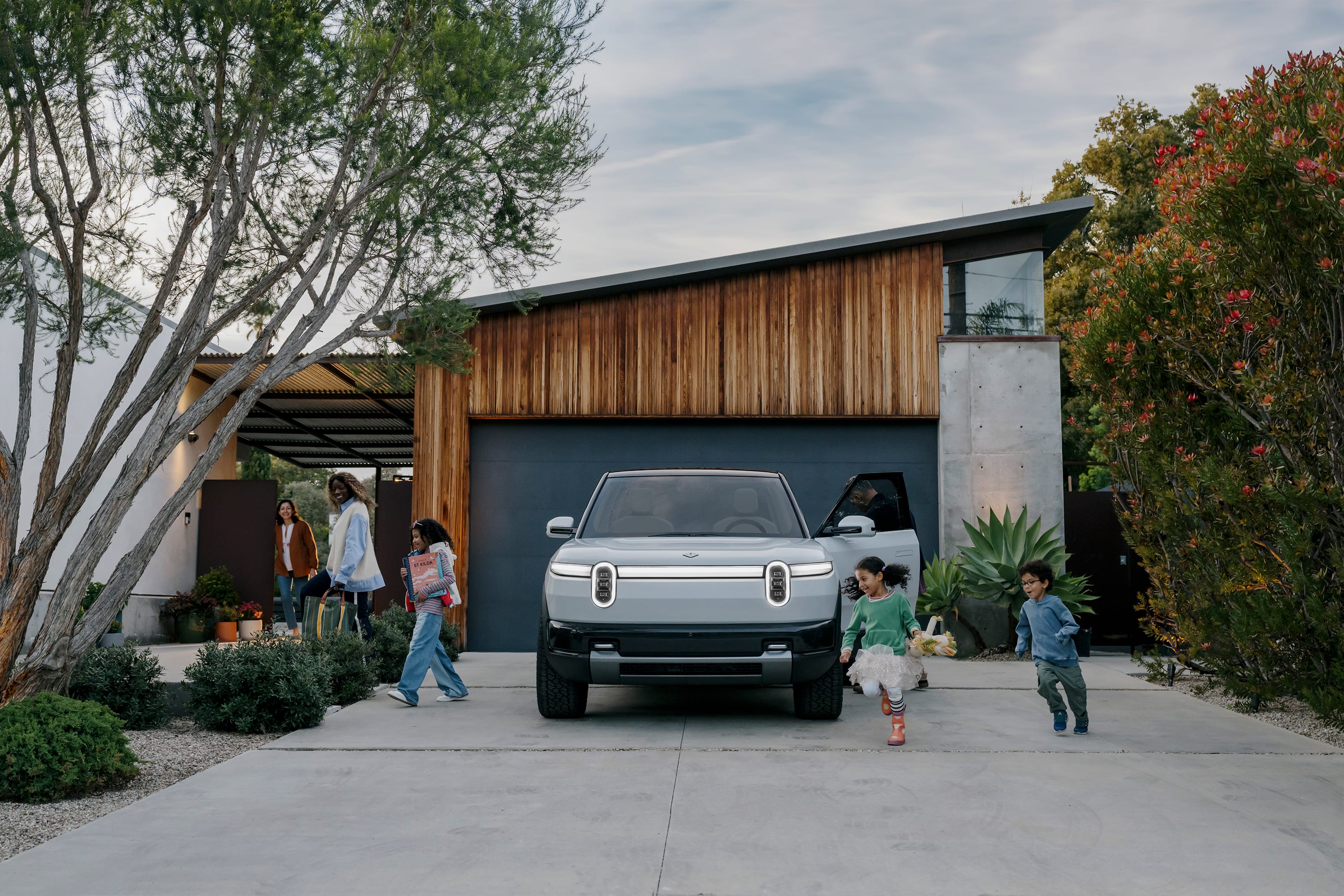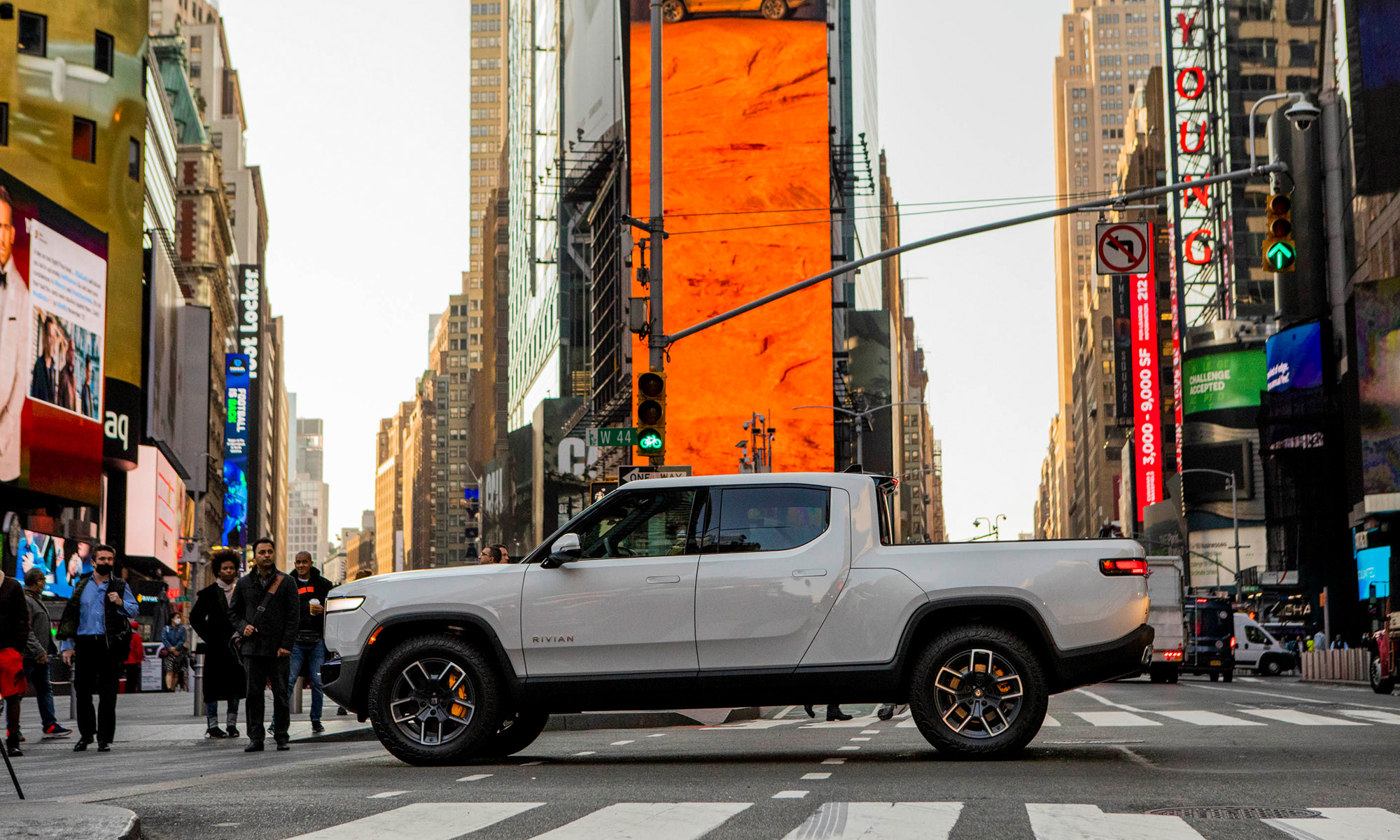There's a lot to love about Rivian Automotive (RIVN +11.87%) stock right now. Over the next 12 to 24 months, the company will experience several major growth catalysts. But as Warren Buffett often advises, keeping an eye on the long term is key to generating the biggest profits.
Where might Rivian end up 10 years from now? The answer might surprise you.
Expect these 3 things to revolutionize the business
To understand where Rivian is headed over the next 10 years, we must first look at some near-term factors. That's because Rivian's near-term growth catalysts should help set the company up for the next decade of growth.
When it comes to electric vehicle (EV) stocks, one of the most exciting catalysts involves getting new models to market that the masses can afford. Roughly 70% of Americans want their next car to cost less than $50,000. Getting vehicles to market with starting prices under this threshold is critical to putting growth on overdrive.

NASDAQ: RIVN
Key Data Points
But this is a challenge for most EV makers. On average, electric vehicles still cost more to build than conventional ones, and many EV start-ups lack the scale to sell vehicles at low prices. Plus, they often lack the capital runway to take a big financial hit by pricing vehicles that cost a lot to manufacture at a steep discount for consumers.
After years of investment, Rivian is finally poised to release its first "mass market" vehicles. The R2, R3, and R3X are all expected to debut with starting prices under $50,000. The first of these three should start production in early 2026, though I don't expect full production of all three to commence until 2027 at the earliest.
Still, these vehicles have the potential to revolutionize Rivian's business, changing it from a niche EV producer to a nationally recognized brand. Mass market vehicles like these can finally give Rivian the scale it needs to survive long term.
Right now, Tesla's two mass market vehicles -- the Model Y and Model 3 -- contribute more than 90% of its vehicle sales. They are critical for the company's profitability. Rivian's new models hold the same sales growth and profitability potential.
But beyond these three new vehicles, the future of Rivian isn't what you might expect. In fact, over the next 10 years, Rivian's most promising opportunity might not involve manufacturing vehicles at all.

Image source: Getty Images.
Rivian's future might not involve selling cars
Last year, Rivian and Volkswagen agreed to a $5.8 billion deal that would create a joint venture focused not on cars themselves, but on the knowledge and software involved in making them. "The partnership aims to strengthen areas of weakness in both companies, with Volkswagen looking for software expertise and Rivian in need of both manufacturing knowledge and an influx of cash," Car and Driver reported at the time.
The deal gave Rivian a lot of much-needed cash. But it was also a huge vote of confidence in the company's unique approach to software. Rivian's chief software officer, Wassym Bensaid, said that the software and approach to building the R2 -- Rivian's newest mass market model -- will provide "the platform that will underpin actually all future EV products at VW."
Rivian has been designing its own software stack for years. Its unique approach promises to be simpler, faster, and more efficient than existing architects'. As a pure EV maker, Rivian is far more focused on next-gen technology than legacy automakers like Volkswagen are. "What we realized over the last few years is the enormous difficulty for incumbent existing auto manufacturers to develop their own full stack software," Rivian's CEO stressed last summer. "The challenge for an incumbent existing [automaker] is if you built a deep dependency on suppliers for making all these ECUs to flip the switch to move off of that."
Rivian's software allows automakers to bring nearly the entire software stack in house, saving money and streamlining integration. This ability is so valuable that Volkswagen ultimately invested $5.8 billion for a 50% stake in the venture scaling up this architecture. Over the next decade, especially with vehicles becoming more and more connected, this segment of the business could be Rivian's biggest. Software typically has high profit margins, and if it's embedded in millions of vehicles, revenues can be recurring and "sticky."
So while Rivian's new vehicles should get all the attention in coming years, software could ultimately become Rivian's biggest profit generator over the next decade.





